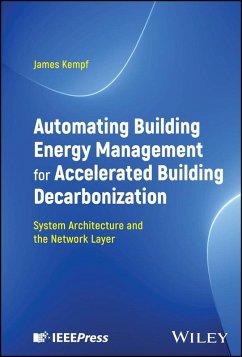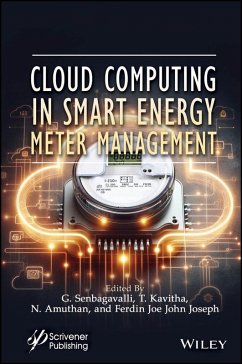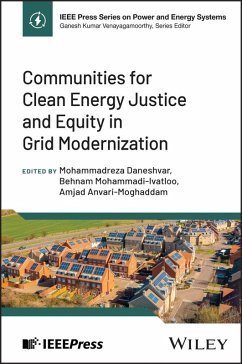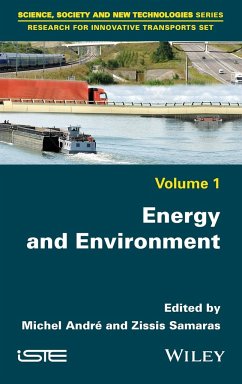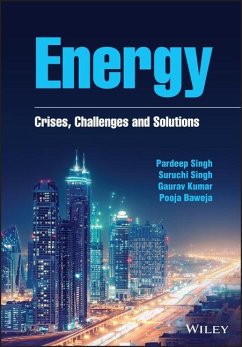
Building Professionals Facing the Energy Efficiency Challenge
Versandkostenfrei!
Versandfertig in über 4 Wochen
157,99 €
inkl. MwSt.
Weitere Ausgaben:

PAYBACK Punkte
79 °P sammeln!
The aim of this book is to deepen the knowledge of dynamic evolution of professional practices (recomposition of knowledge and know-how, inter-relations, strategic positioning) taking place at the time of the injunction to energy efficiency in the design field, construction and management of real estate. From their experience and feedback, the challenge of this book is to question the logic of innovation, to enlighten the dynamic learning and renewal of professional skills.





